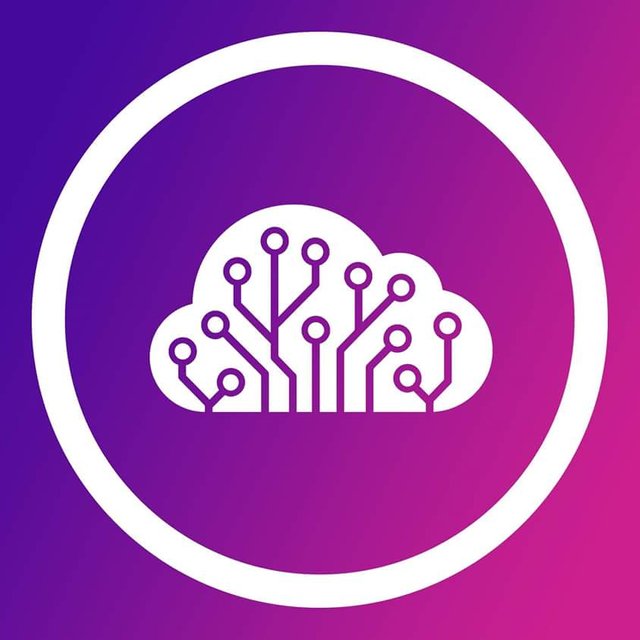
Hi! everyone all over the world, as usual ! all of you know's, I always carry you along with any information about good crypto related projects through my blog.
INTRODUCTION:
Cloud storage is a model of computer data storage in which the digital data is stored in logical pools. The physical storage spans multiple servers (sometimes in multiple locations), and the physical environment is typically owned and managed by a hosting company. These cloud storage providers are responsible for keeping the data available and accessible, and the physical environment protected and running. People and organizations buy or lease storage capacity from the providers to store user, organization, or application data.
Cloud storage services may be accessed through a colocated cloud computing service, a web service application programming interface (API) or by applications that utilize the API, such as cloud desktop storage, a cloud storage gateway or Web-based content management systems.
.jpg)
CLOUD STORAGE HISTORY:Cloud computing is believed to have been invented by Joseph Carl Robnett Licklider in the 1960s with his work on ARPANET to connect people and data from anywhere at any time.
In 1983, CompuServe offered its consumer users a small amount of disk space that could be used to store any files they chose to upload.
In 1994, AT&T launched PersonaLink Services, an online platform for personal and business communication and entrepreneurship. The storage was one of the first to be all web-based, and referenced in their commercials as, "you can think of our electronic meeting place as the cloud.
Amazon Web Services introduced their cloud storage service AWS S3 in 2006, and has gained widespread recognition and adoption as the storage supplier to popular services such as SmugMug, Dropbox, and Pinterest. In 2005, Box announced an online file sharing and personal cloud content management service for businesses.
CLOUD STORAGE ADVANTAGES:
Companies need only pay for the storage they actually use, typically an average of consumption during a month. This does not mean that cloud storage is less expensive, only that it incurs operating expenses rather than capital expenses.
Businesses using cloud storage can cut their energy consumption by up to 70% making them a more green business.[ Also at the vendor level they are dealing with higher levels of energy so they will be more equipped with managing it in order to keep their own costs down as well.
Organizations can choose between off-premises and on-premises cloud storage options, or a mixture of the two options, depending on relevant decision criteria that is complementary to initial direct cost savings potential; for instance, continuity of operations (COOP), disaster recovery (DR), security (PII, HIPAA, SARBOX, IA/CND), and records retention laws, regulations, and policies.
Storage availability and data protection is intrinsic to object storage architecture, so depending on the application, the additional technology, effort and cost to add availability and protection can be eliminated.
Storage maintenance tasks, such as purchasing additional storage capacity, are offloaded to the responsibility of a service provider.
Cloud storage provides users with immediate access to a broad range of resources and applications hosted in the infrastructure of another organization via a web service interface.
Cloud storage can be used for copying virtual machine images from the cloud to on-premises locations or to import a virtual machine image from an on-premises location to the cloud image library. In addition, cloud storage can be used to move virtual machine images between user accounts or between data centers.
Cloud storage can be used as natural disaster proof backup, as normally there are 2 or 3 different backup servers located in different places around the globe.
Cloud storage can be mapped as a local drive with the WebDAV protocol. It can function as a central file server for organizations with multiple office locations.
In reference with the motion of this article, Today! I will be presenting you a particular undisputed project called: MEMORITY
WHAT IS MEMORITY?

.jpg)

Memority is the platform for a completely decentralized, ultra-secure storage of valuable data on the blockchain, which ensures the continued availability of several encrypted copies of data on unrelated storage locations around the world. Files are encrypted with a private key that only their owner has. Memority uses the same data protection technology as crypto wallets. Memority provides API for third-party developers. They can use its structure and decentralized storages for their own apps.
ABOUT MEMORITY

.jpg)

Memority is a blockchain-based platform for encrypted decentralized cloud storage of valuable data. Memority’s mission is to create a self-sufficient ecosystem that includes many applications to meet the needs of businesses, government organizations and individuals in the super-secure storage of all kinds of valuable data.
The platform includes a collection of independent repositories from around the world, which are based on computers of users who have provided a part of the memory of their hard drives for file storage. To ensure a high degree of data security, 10 copies are created for each of the stored files, integrity and authenticity of which are constantly monitored. If the number of file copies is insufficient or the copies have been forged, new copies of the original file are automatically created for new hosters. The processes for verifying availability, authenticity and recovery of files are independent from the file owner and will work autonomously as long as the files storage in the system is paid for.
Data security is ensured by encrypting the file when it is loaded into the system with a private key, which is stored only by the data owner. Access to the content of the data is possible only with the help of this private key.
Unique hash identifiers of data are stored in a blockchain database, so it is impossible to delete files, to forge them, or to forge information about storing files. All above mentioned allows unprecedented files protection from deletion and forgery. The motivation mechanism for hosters (people who provide a physical memory of electronic devices for data storage) is aimed at connecting as many ordinary computer users as possible with the system to maximize the
number of independent repositories. Such a system will function with user data protection even if there are no more developers of platform-based applications, developers of the platform itself, or up to 90% of hosters are lost at the same time. Full self-sufficiency, the built-in self-cleaning mechanism and the decentralized nature of the functioning allow the system to exist and work for many years without outside management. The work of Memority is based on its own MMR tokens, the transaction history of which is also recorded in blockchain. The payment functionality is provided by the system of smart contracts, which protects interests of all system participants and constantly cleans the platform from unnecessary files.
The data owner can provide space on his device, thereby gaining the ability to store his data free of charge. This possibility is directed, among other things, to expanding the network of hosters, by including ordinary users in the system of computers.
Memority API allows third-party developers to create desktop and online applications for decentralized encrypted storage of various types of data without a lengthy investigation into the technical details of blockchain technology. Developers are rewarded with 5% of payments for all stored files uploaded through their applications.
The creation of new applications will trigger the popularization of Memority, and an even greater influx of hosters and users, which will positively affect the work of the platform.
Miners receive MMR tokens reward for ensuring the system is operational. Between all the miners who participate in the creation of the block, 5% of the payment for all files, entries of which are contained in the block, is distributed.
The platform uses Proof of Authority, so the computing power is irrelevant to the process of blocks creation and will not increase with time. This is substituted with miner’s authority that they prove by having a large stake in the system. Therefore, a limited number of tokens is issued, and mining commissions will be charged when paying for file storage.
Token investments and the token cost are protected from inflation. This is achieved by limiting the number of tokens and rewarding all participants in the system. In its turn, this will popularize the project and increase invectores’ profits in the long term perspective.
MEMORITY EXPLANATION VIDEO


MEMORITY TEAM BOARD
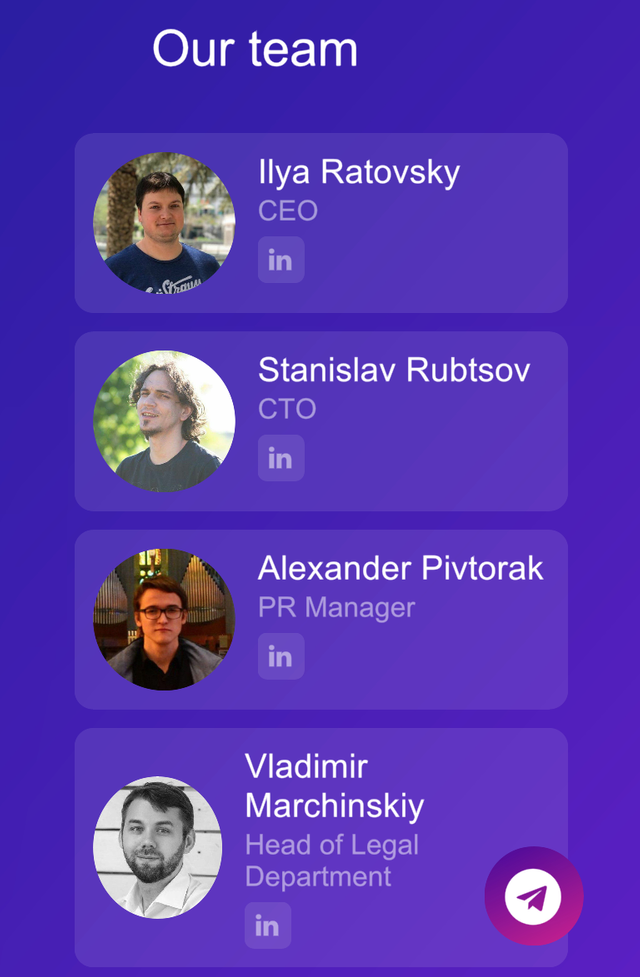

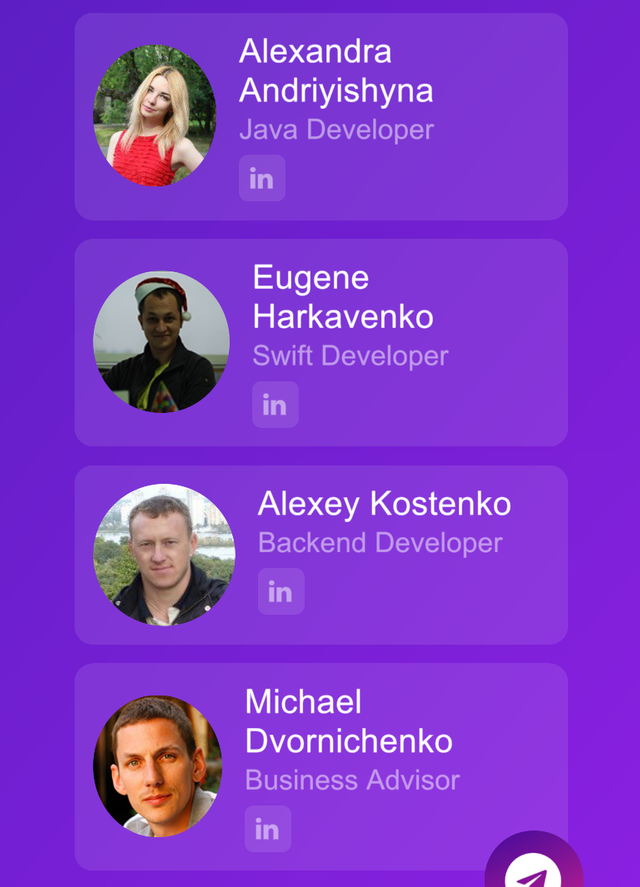


MEMORIT ROADMAP
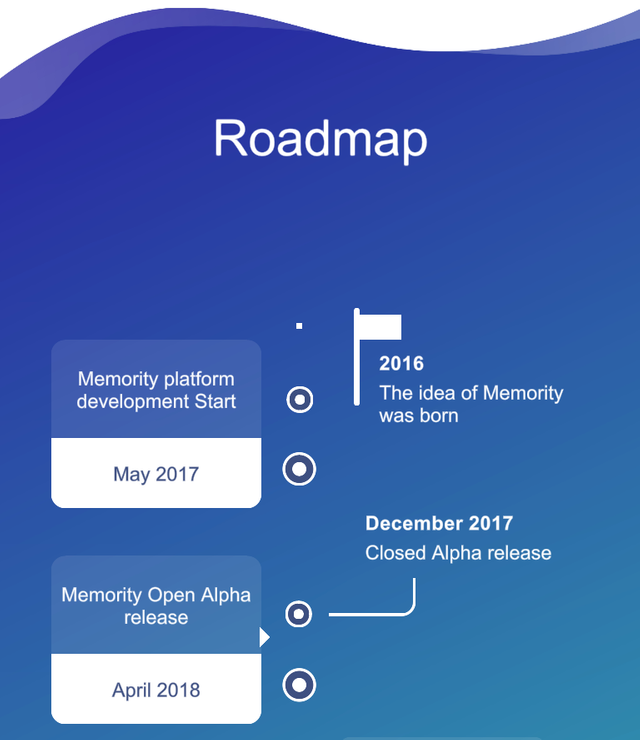
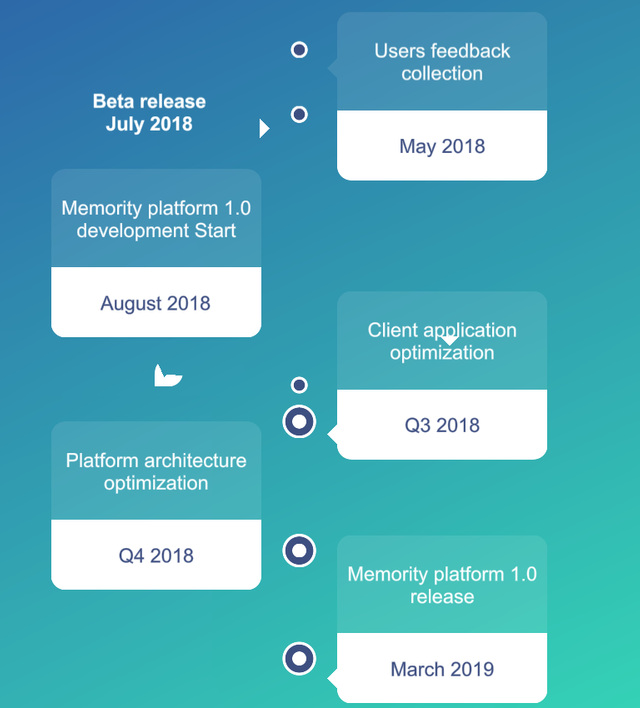
MEMORIT ICO ANALYSIS
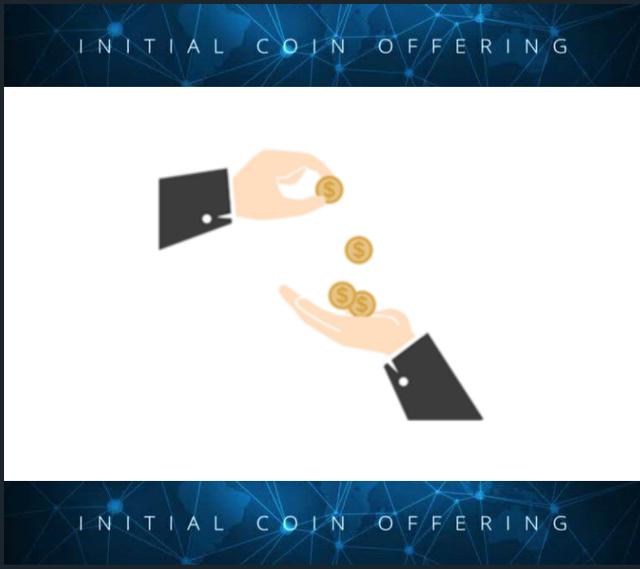
The ICO is a natural supplementary funding source to further accelerate the development and global adoption of the MEMORIT PLATFORM
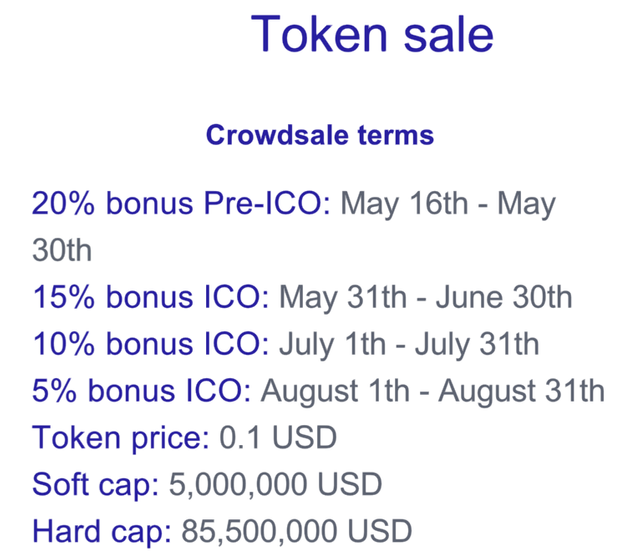
MEMORIT TOKEN ANALYSIS
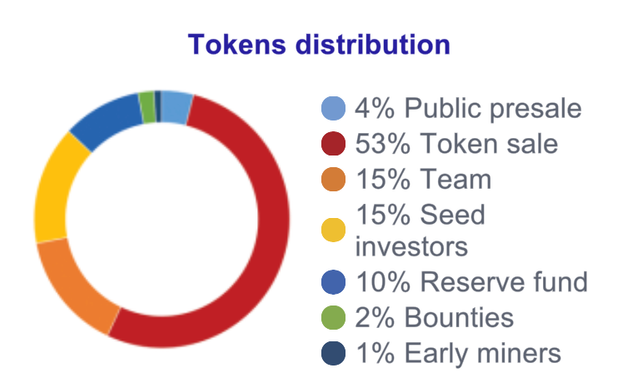
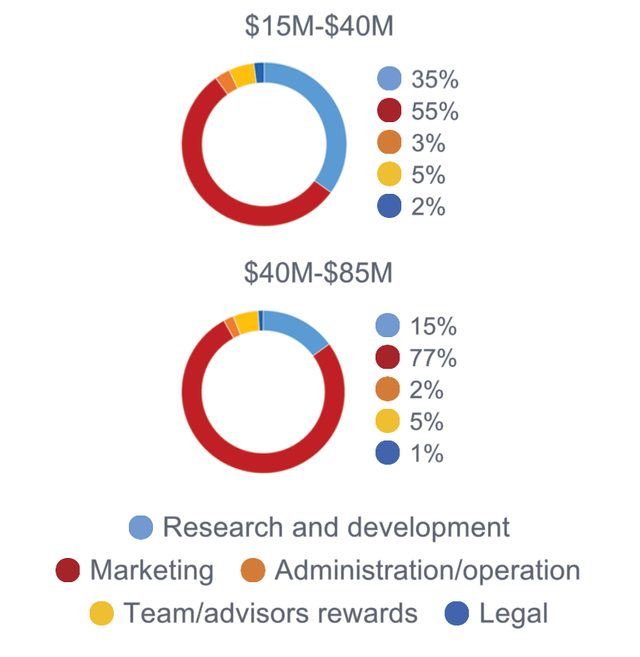
Token Symbol »» EMT
PreICO Price »» 1.2 EMT = 0.1 USD
Price »» 1 EMT = 0.1 USD
Bonus »» Available
MVP/Prototype »» Available
Platform »» Ethereum
Accepting »» ETH, BTC, LTC, BCH, Fiat
Soft cap »» 5,000,000 USD
Hard cap »» 85,500,000 USD
Country »» Estonia
Whitelist/KYC »» KYC
Restricted areas »» USA, China, Japan, South Korea, Cuba, Iran, North Korea, Syria, Crimea.
CONCLUSION:
Thanks to Blockchain Technology and Platform for introducing better and incomparable ideas in the World File & Data Storage.
For more information about this project, please! follow the link bellow » » »
★ WEBSITE: https://memority.io
★TELEGRAM: https://t.me/memority
★ANN TREAD: https://bitcointalk.org/index.php?topic=3952669
★WHITEPAPER: https://memority.io/docs/whitepaper_memority.pdf
★FACEBOOK: https://www.facebook.com/mmority
★TWITTER: https://twitter.com/frvrty
★MEDIUM: https://medium.com/@memority
••BITCOINTALK USERNAME: Dprince2281
••BITCOINTALK PROFILE LINK: https://bitcointalk.org/index.php?action=profile;u=1907552;sa=summary
Enjoyed the article? Please let me know by giving your vote and send a recommendation to a friend. Thank you!
AUTHOR: Dprince2281